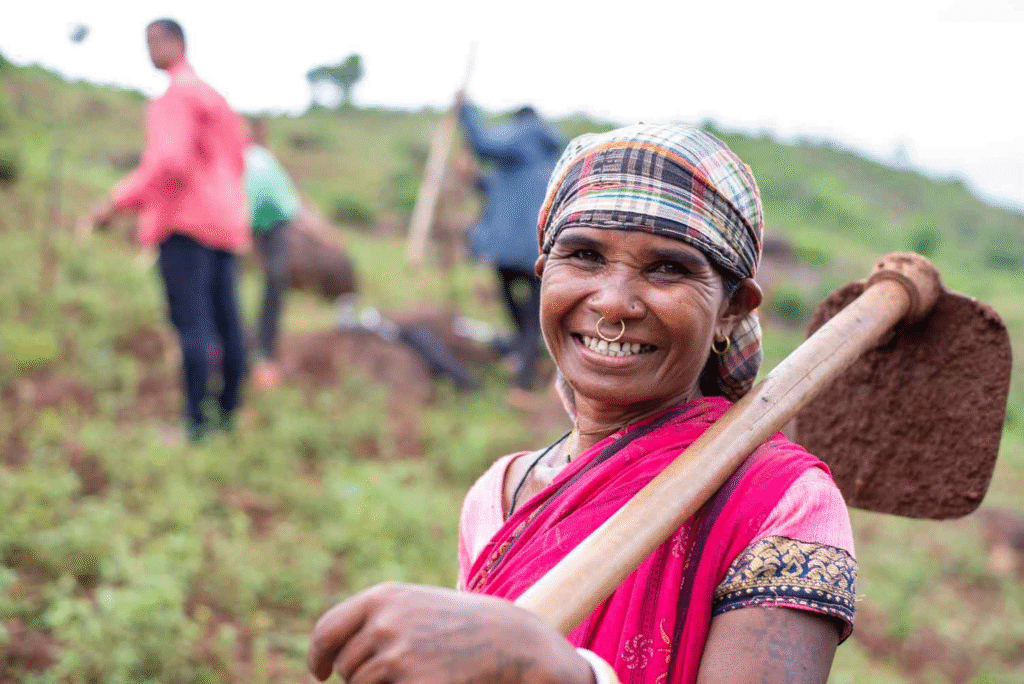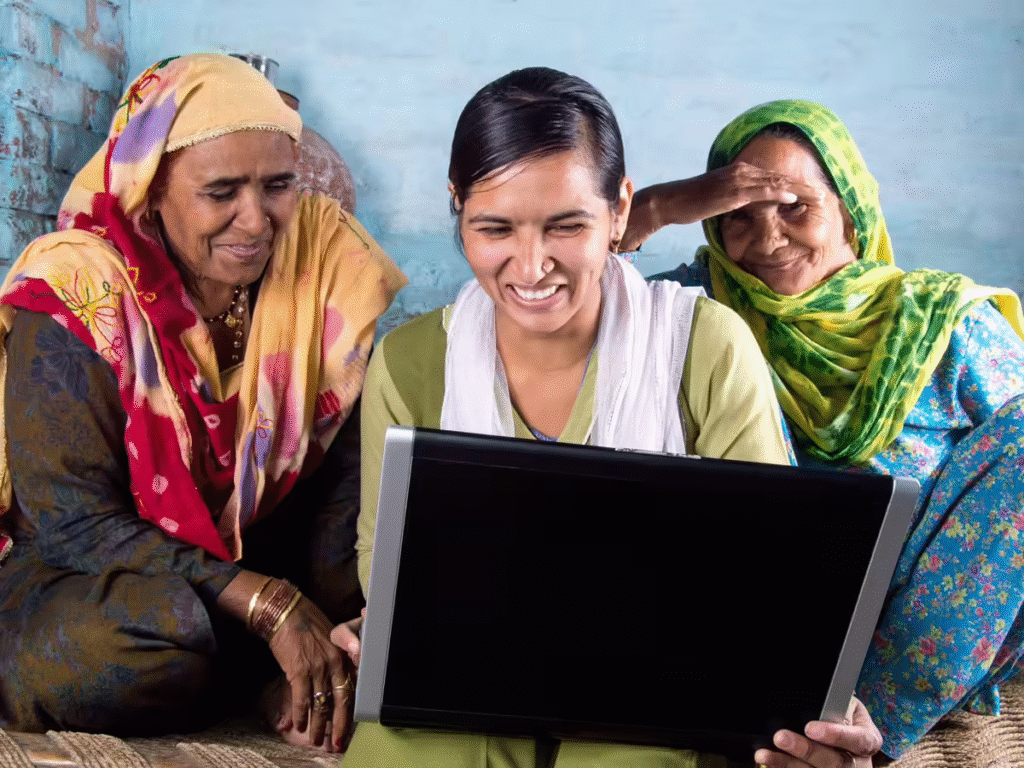Understanding the Empowerment Gap in Rural Communities
The question of whether rural women understand the concept of empowerment reveals a troubling reality across developing nations, particularly in Bangladesh. in recent Research indicates that awareness levels among rural women remain critically low, creating barriers that prevent meaningful progress toward gender equality and sustainable development.

Rural women constitute essential contributors to agricultural productivity and community development, yet their understanding of empowerment rights and opportunities remains limited. This knowledge gap stems from multiple interconnected factors including restricted educational access, cultural barriers, and systemic gender discrimination that pervades rural communities.
The Awareness Crisis: Evidence from Bangladesh
Recent studies paint a concerning picture of empowerment awareness among rural women in Bangladesh. Research conducted in Trishal, a rural sub-district in Mymensingh, revealed that approximately 39 percent of married women demonstrated poor awareness regarding gender issues, while only 32 percent showed adequate understanding (Islam et al., 2016). These findings highlight a significant disconnect between empowerment initiatives and grassroots awareness.
According to the Bangladesh Demographic and Health Survey conducted between 2007 and 2017-18, women from rural areas experienced lower empowerment levels compared to their urban counterparts, with only 45.69 percent of rural women showing high empowerment versus 56.08 percent in urban areas. This disparity underscores the geographical inequalities that compound gender-based discrimination.

The situation becomes more complex when examining the relationship between awareness and actual empowerment. Studies reveal that even among gender-aware women, empowerment remains challenged due to deeply entrenched patriarchal structures and male dominance in household decision-making (Islam et al., 2016). This suggests that awareness alone cannot guarantee empowerment without addressing underlying social structures.
Barriers to Empowerment Awareness
Educational Deprivation
Education serves as the primary pathway to empowerment awareness, yet rural women face substantial educational barriers. Research involving 3,500 rural women across 128 villages in Bangladesh identified educational attainment as a significant predictor of empowerment indicators (Schuler et al., 2012). A woman's years of schooling was found to be significantly associated with self-esteem indicators and freedom of mobility.

The cycle of educational deprivation begins early, with girls frequently withdrawn from school for domestic responsibilities or early marriage. This creates generational patterns where mothers unable to articulate their own rights struggle to advocate for their daughters' education and future opportunities.
Economic Dependency
Financial illiteracy and limited access to economic resources severely restrict rural women's understanding of economic empowerment. While many rural women engage in agricultural work, handicrafts, and domestic labor, they often lack ownership of productive assets or control over financial decisions. Research indicates that household wealth shows a positive association with resource control but demonstrates a negative relationship with decision-making power (Schuler et al., 2012).

Data from the Bangladesh Bureau of Statistics shows that rural participation of women in work stands at 50.89 percent compared to 22.59 percent in urban areas, suggesting high labor force participation does not automatically translate to empowerment or awareness of economic rights.
Cultural and Social
Traditional gender norms and patriarchal family structures create invisible barriers to empowerment awareness. Many rural women internalize socially prescribed roles that limit their aspirations and understanding of alternative possibilities. The concept of empowerment itself may seem abstract or irrelevant when daily survival demands immediate attention.
Research from rural Bangladesh demonstrates that masculine perceptions and attitudes significantly influence women's participation in development initiatives. Without engaging men as allies in empowerment efforts, women's advancement faces resistance within households and communities (Rahman et al., 2018).
The Knowledge-Practice Gap
A critical finding from empowerment research reveals that awareness does not automatically lead to empowerment. Studies show that 37.1 percent of rural women scored poorly on empowerment measures, even when some possessed gender awareness (Islam et al., 2016). This knowledge-practice gap emerges from several factors:

First, awareness without enabling environment proves insufficient. Women may understand their rights theoretically but lack practical mechanisms to exercise them within restrictive social contexts. Second, household decision-making power remains concentrated with male members, regardless of women's awareness levels. Third, economic dependency creates practical constraints that override theoretical understanding.
Media and Technology's Transformative Role
Exposure to television emerged as a significant predictor of empowerment across multiple indicators in rural Bangladesh (Schuler et al., 2012). This finding highlights how media access can expand rural women's understanding of possibilities beyond their immediate environment.
Digital literacy and mobile technology present new opportunities for disseminating empowerment information directly to rural women. However, the digital divide between urban and rural areas, combined with lower female literacy rates, limits these technologies' current reach.
Pathways to Enhanced Awareness
Education as Foundation
Strengthening educational access represents the most critical intervention for building empowerment awareness. Research consistently identifies education as significantly associated with empowerment outcomes (Islam et al., 2016). Educational programs must extend beyond basic literacy to include gender rights, financial literacy, and leadership skills.

Community-Based Learning
Self-help groups and community organizations provide effective platforms for raising empowerment awareness. These grassroots structures allow women to learn from peers, share experiences, and build collective understanding of their rights and opportunities. UN Women's initiatives in Bangladesh demonstrate how community-based approaches can create sustainable change through localized interventions.
Male Engagement
Transforming empowerment awareness requires engaging men and boys as partners. Educational programs targeting male community members can challenge patriarchal attitudes and create supportive environments where women's rights are respected rather than contested.
Communication Strategies
Empowerment awareness campaigns must account for rural women's specific contexts, using accessible language and culturally appropriate examples. Abstract concepts must be translated into concrete, actionable information that resonates with rural women's daily experiences.
Measuring Progress Beyond Awareness
Understanding whether rural women know about empowerment requires multidimensional assessment. Awareness encompasses not just theoretical knowledge but also practical understanding of rights, confidence to assert autonomy, and ability to identify resources and support systems.
Studies utilizing multiple empowerment indicators—including decision-making power, freedom of mobility, resource control, and self-esteem—provide more comprehensive assessment than single-dimension measures (Schuler et al., 2012). This complexity acknowledges that empowerment represents a dynamic process rather than a fixed state.
Conclusion: From Awareness to Action
The evidence clearly indicates that rural women's understanding of empowerment remains inadequate across Bangladesh and similar contexts. Approximately two-thirds of rural women demonstrate either poor or moderate awareness of gender issues and empowerment concepts. This awareness deficit perpetuates cycles of poverty, limits development outcomes, and denies women their fundamental human rights.
However, the path forward requires more than simply raising awareness. Effective empowerment strategies must simultaneously address educational barriers, economic constraints, social norms, and structural inequalities. Awareness-building must be accompanied by concrete opportunities for women to exercise agency, participate in decision-making, and access resources.
Ultimately, the question is not whether rural women can understand empowerment, but whether societies will provide the conditions—education, economic opportunity, legal protection, and social support—that allow them to transform awareness into meaningful change. When rural women gain genuine understanding and ability to pursue empowerment, entire communities benefit through improved health outcomes, economic productivity, and social progress.
References
Islam, M. R., Rahman, M., Islam, A. Z., & Sultana, P. (2016). Gender awareness and women's empowerment in rural Bangladesh: A silent crisis. Journal of Social Sciences Research, 2(12), 227-235. https://www.researchgate.net/publication/327622034
Rahman, M. S., Howlader, H. R., Wahab, M. A., & Hoque, M. A. (2018). Men's perceptions of women's participation in development initiatives in rural Bangladesh. PLOS ONE, 13(2), e0192765. https://doi.org/10.1371/journal.pone.0192765
Schuler, S. R., Islam, F., & Rottach, E. (2012). Measurement of women's empowerment in rural Bangladesh. Demography, 49(2), 764-790. https://www.ncbi.nlm.nih.gov/pmc/articles/PMC3639002/
The Business Standard. (2023, March 29). More women joining the workforce. https://www.tbsnews.net/bangladesh/more-women-joining-workforce-607426
UN Women. (2024). Gender equality brief: Bangladesh 2024. United Nations. https://bangladesh.un.org/en/267591-gender-equality-brief-bangladesh-2024
Zaman, M. S., Khan, H. T. A., & Mridha, M. K. (2024). Assessing the pattern of key factors on women's empowerment in Bangladesh: Evidence from Bangladesh Demographic and Health Survey, 2007 to 2017–18. PLOS ONE, 19(3), e0301501. https://doi.org/10.1371/journal.pone.0301501

